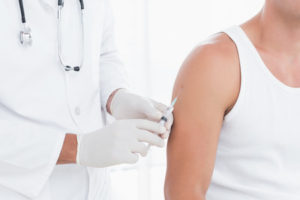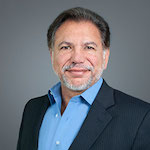Adult Stem Cell Therapy & Platelet Rich Plasma
The Danger of Cortisone Injections

The anti-inflammatory steroid cortisone arose in the late 1940s and was quickly hailed as a major milestone in medicine. It didn’t take long for cortisone to become the default means of minimizing pain and inflammation caused by sports injuries, especially tendon injury like tennis elbow. The shots provided quick relief, and athletes were satisfied. A study published in 1954 indicated that cortisone may not be the best solution by pointing out that more than 50% of patients who received a cortisone shot ended up relapsing with the same injury in less than six months. But the study was largely ignored, and cortisone remained a main component of sports injury treatment tools.
It took more than 50 years, but in 2010 another study was published which revived the doubts about cortisone’s safety and efficacy. Researchers compiled the results of more than 48 randomized trials that had studied thousands of people with tendon injuries, and the conclusions were clear. Although the people with tendon injuries who received cortisone did indeed enjoy quicker and more efficient pain relief than those who only followed a regimen of physical therapy, they had a significantly lower rate of recovery at 6 and 12 months than those people who opted for physical therapy. They even had a 63% higher rate of relapse.
According to those close to the research, cortisone does not actually help the body heal in any way. It only has “an effect on the neural receptors” that create pain, basically temporarily changing pain biology without healing the underlying structural damage of the tendon. In fact, it is now believed that cortisone can “impede the structural healing” in tendon injuries. Other potential complications of repeated cortisone shots include joint infection, nerve damage, thinning of the soft tissue around the injection site, and tendon weakening.
The better option is to see a sports medicine expert to determine how the tendon can be repaired and actually healed, perhaps with new regenerative medicine methods like PRP and stem cells, rather than only covering the pain with a temporary band aid.






